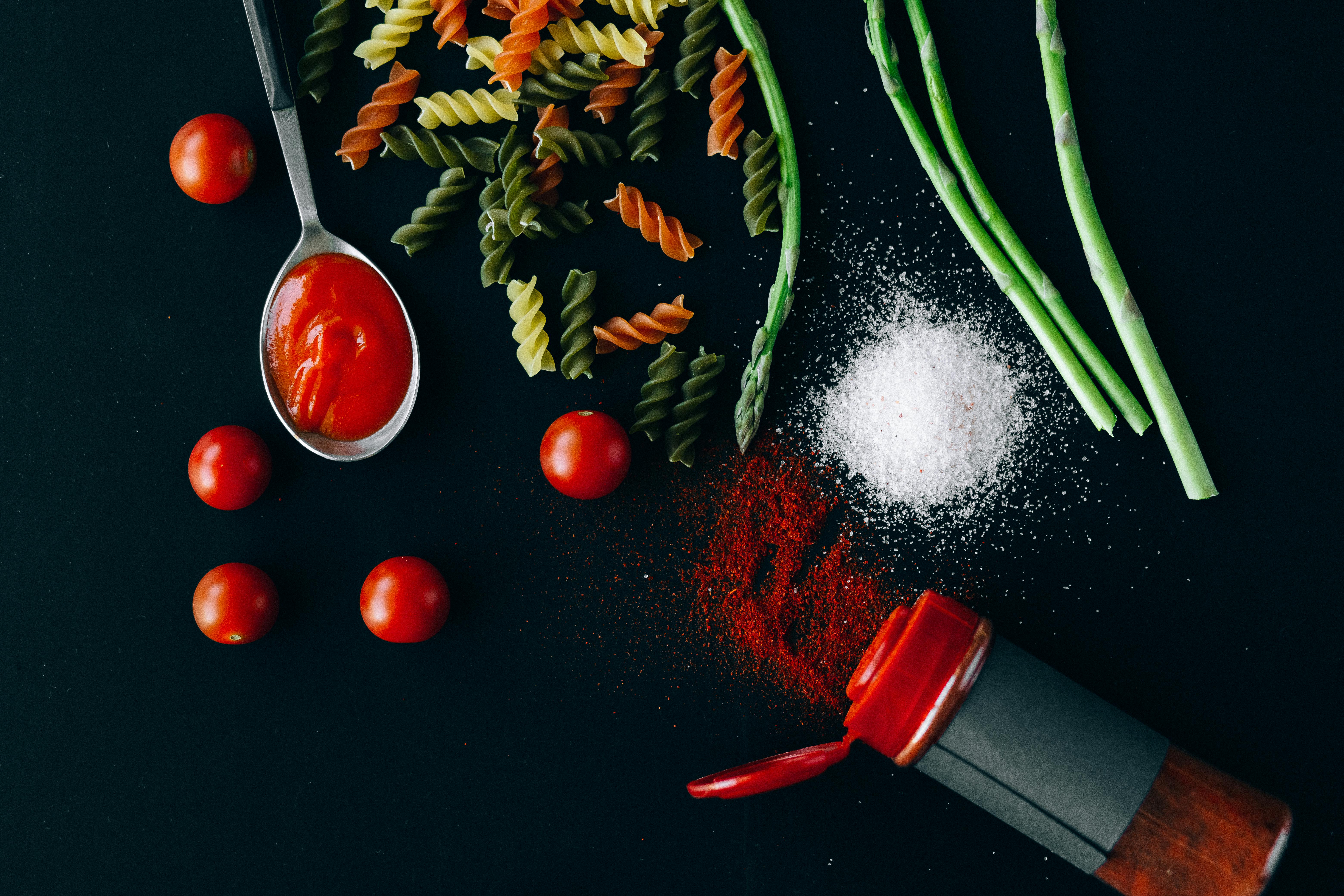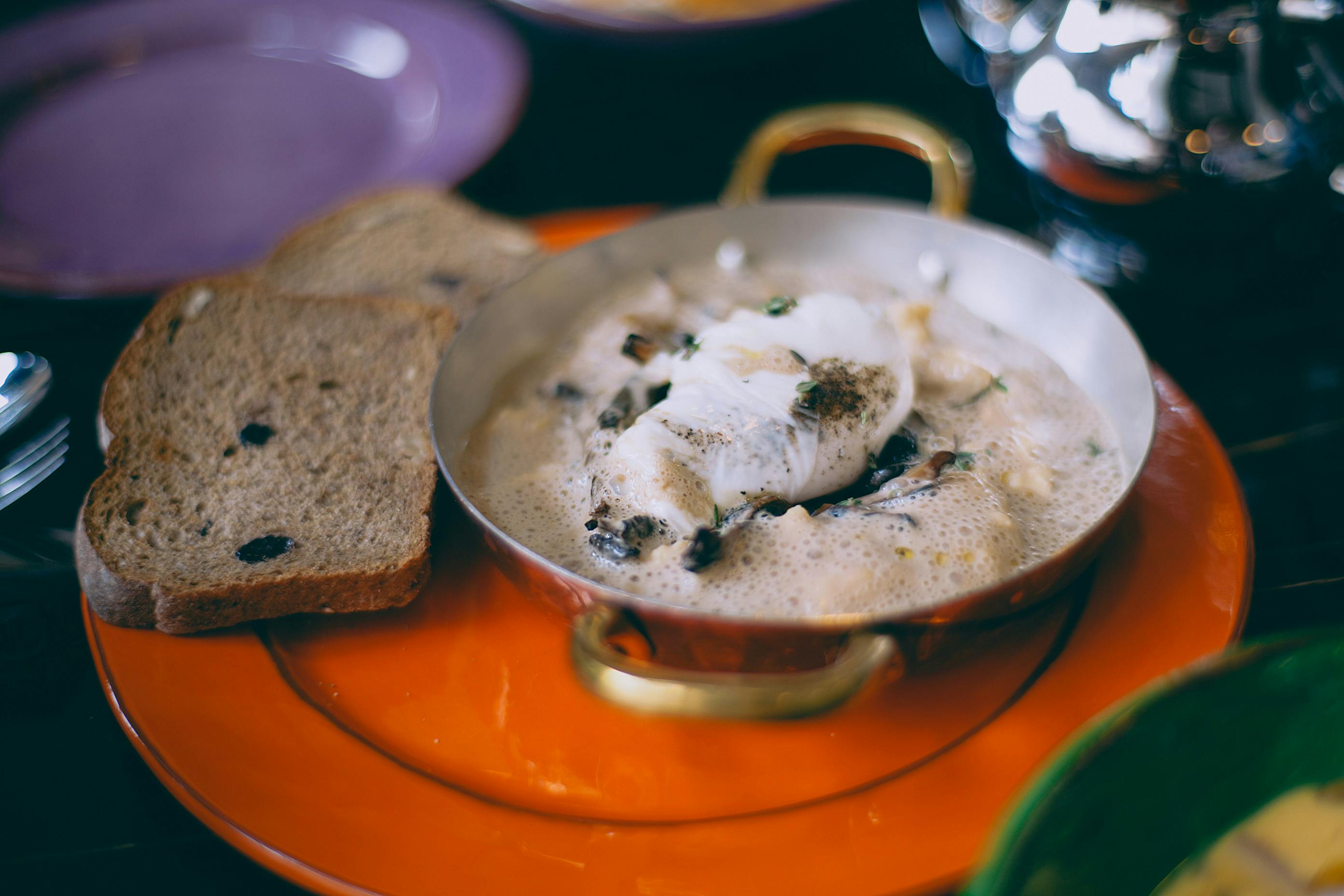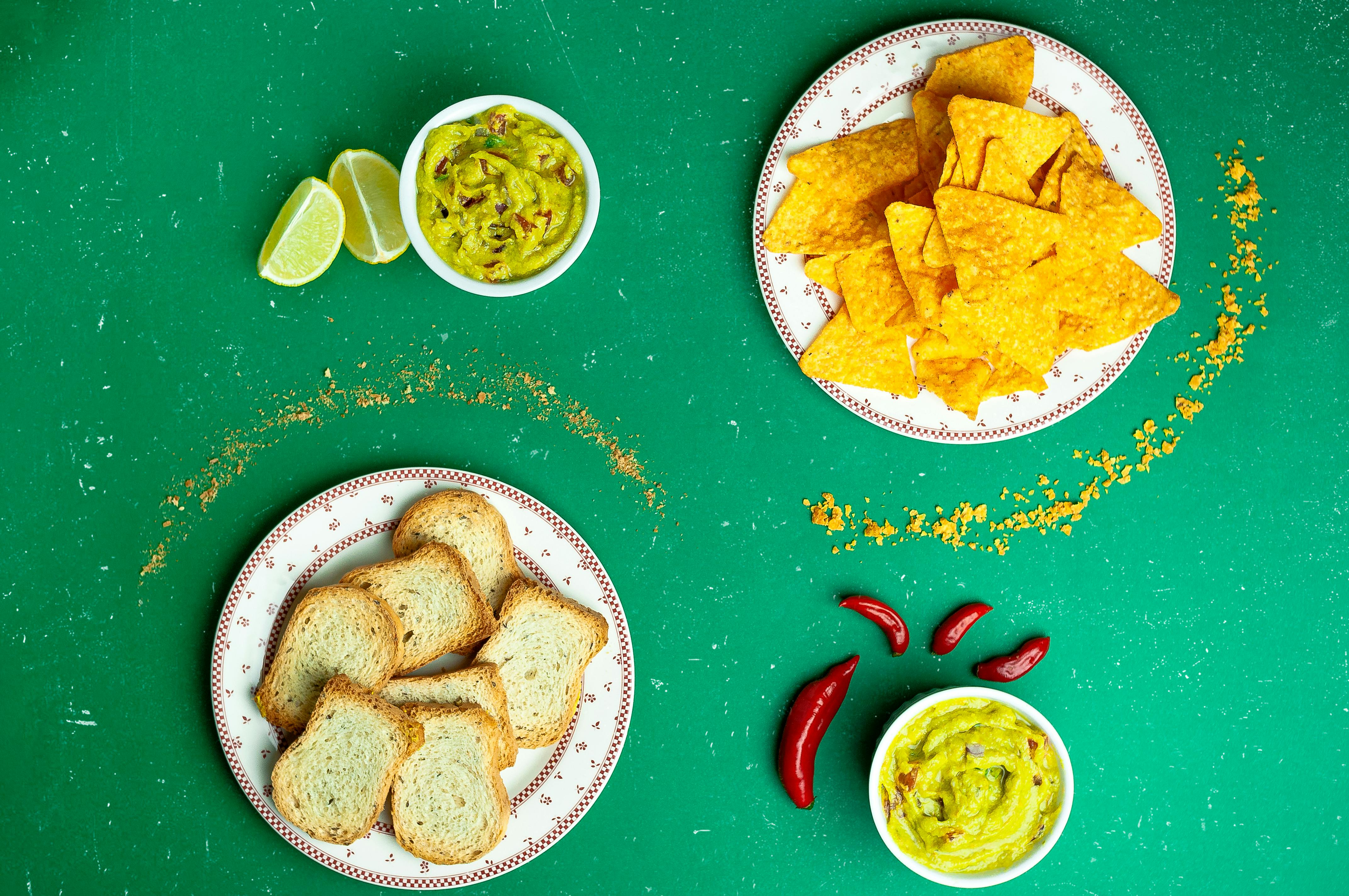French food from the 1920s paints a portrait of one of the country’s most exciting culinary periods, when old recipes were given new life and dinning for the poor became fine dining for the rich.
Ironically, French food in the 1920s did not focus on creating new dishes (although this was the period during which the crepe suzzete made its debut), but instead grew out of new preparation techniques for haute cuisine, or haute cuisine. dinner.
More efficient preparation allowed the country’s chefs to capitalize on the growing number of hotels presenting their restaurant as the highlight of their guest experience. For the first time, haute cuisine—meticulously prepared dishes and expensive ingredients—could be prepared much faster and, subsequently, on a much larger scale.
The foundation for French food of the 1920s was laid by Georges Auguste Escoffier, who from the late 19th century to the first decade of the 20th century revolutionized the way haute cuisine was prepared.
Escoffier is credited with dividing the modern kitchen into various stations where a chef was responsible for only a specific part of preparing a dish or meal. For example, a garde manager was responsible for preparing only cold dishes, while a rotisseur was solely responsible for ingredients that needed to be fried, grilled, or roasted.
This meant that dishes that could previously take up to 30 minutes to prepare could now be completed in half the time, as different chefs worked on different components simultaneously.
Escoffier is also credited with helping to reduce French menus and advocating for dishes to be served as separate dishes on individual plates.
With this foundation established, French cuisine, highly varied with recipes based on regions, began to develop a national character. Dishes and recipes that were previously cooked and eaten by the poor, or “peasant dishes”, began to make their way into haute cuisine. Chefs often simply replaced inexpensive ingredients with their more expensive counterparts, such as substituting cheap wine for much better quality.
It is therefore not surprising that French cuisine of the 1920s featured a growing popularity of the peasant dish coq au von, a soup consisting primarily of chicken stewed in wine, becoming popular. Although it’s an ancient dish (one legend says it was cooked for Caesar when he conquered the area that would become France), it wasn’t until the 1920s that it became a staple not only for peasants but also for restaurants. haute cuisine.
Although originally published in 1903, Le Guide Culinaire, a recipe book that incorporates much of the foundation of French cooking, such as the use of fresh, local ingredients, was updated twice during the 1920s to reflect advanced preparation techniques. and the modification of old recipes in modern recipes. masterpieces
French food of the 1920s produced recipes in which regional diversity was fused into a cohesive culinary theme and is a testament to the success of modern efficiency combined with tradition.




